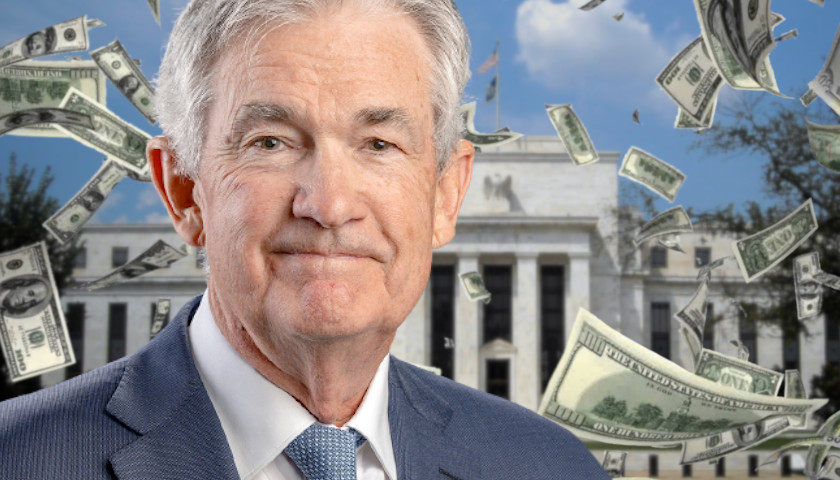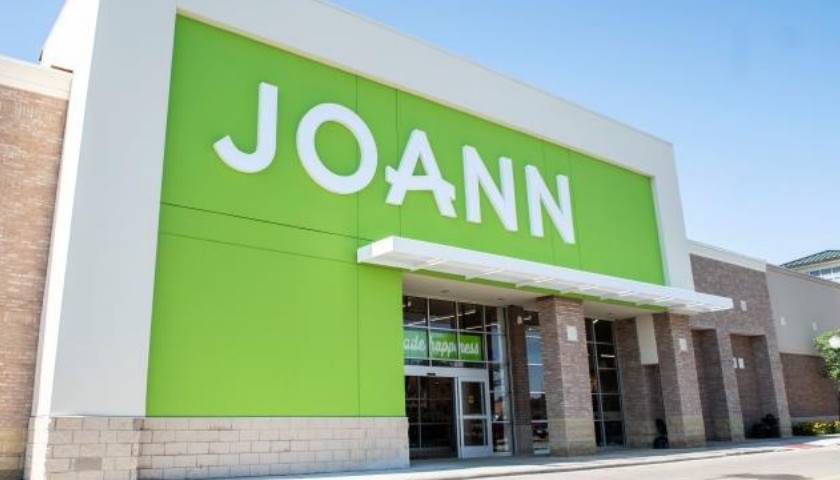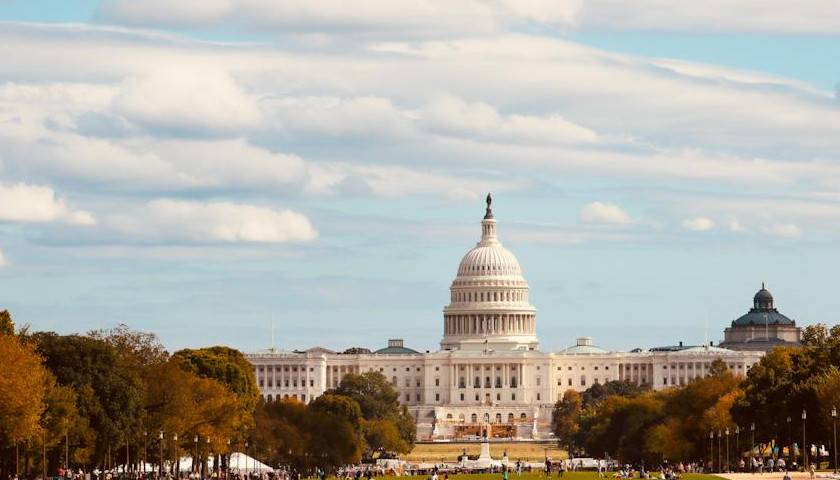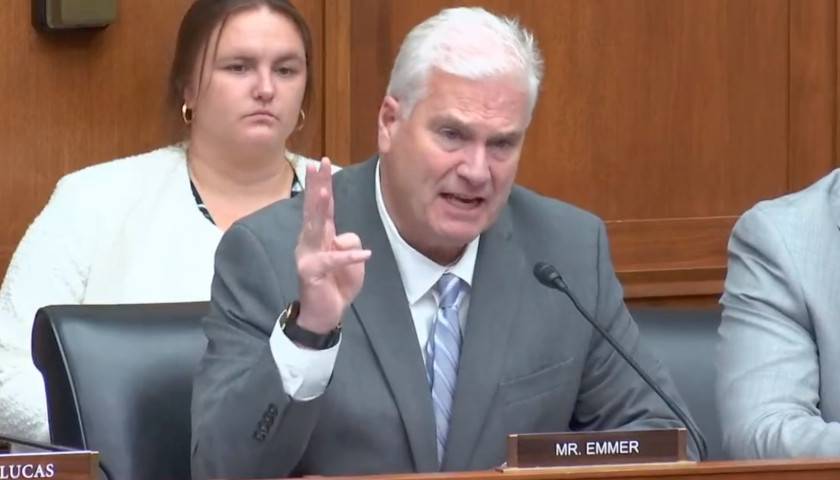A Federal Reserve program aimed at bolstering small and medium-sized businesses may now be financially burdening some of them, experts told the Daily Caller News Foundation.
The Fed introduced the Main Street Lending Program (MSLP) in 2020, which provided loans to small and mid-sized businesses that were impacted by the COVID-19 pandemic. Some business owners are having difficulty affording to pay off the loans amid rising interest rates and a surge in inflation since 2020, experts told the DCNF.
Read More
















































